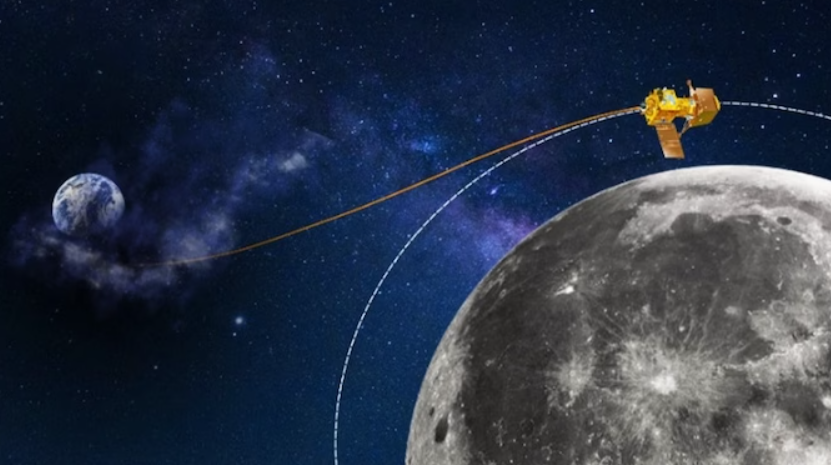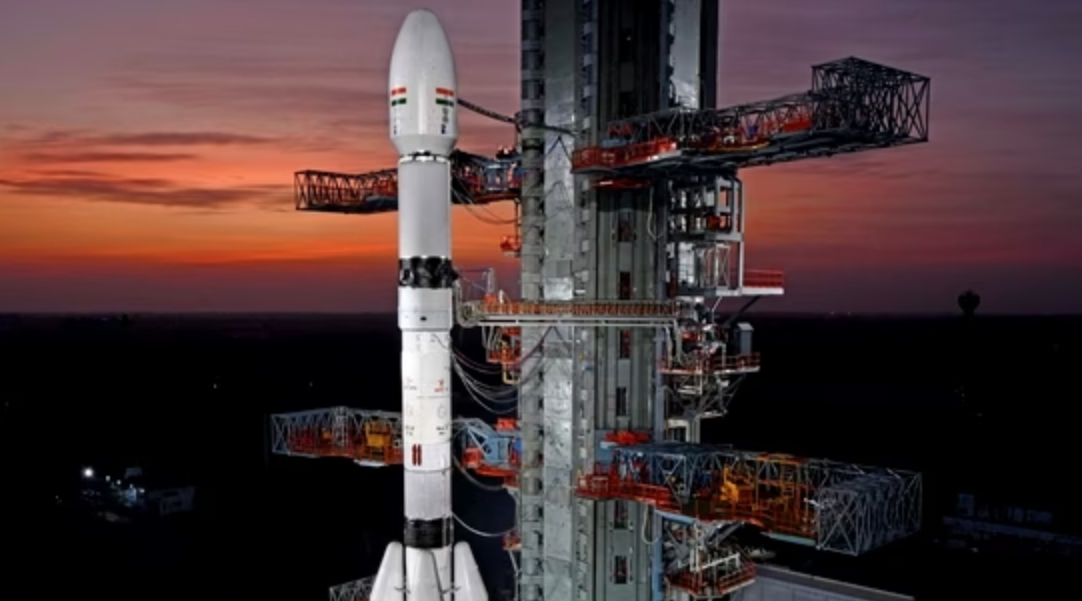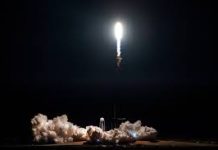Chandrayaan 3 – Near-Circular Orbit Achieved Ahead of Crucial Landing
India’s pursuit of lunar exploration has reached a crucial phase as Chandrayaan-3, the country’s ambitious third Moon mission, continues to make remarkable strides. The Indian Space Research Organisation (ISRO) announced that the spacecraft has now successfully achieved a “near-circular orbit” around the moon, following a meticulously executed series of manoeuvres.
Since its launch on July 14, Chandrayaan-3 has been a testament to India’s scientific prowess. After entering lunar orbit on August 5, the spacecraft underwent two precise orbit reduction manoeuvres on August 6 and 9. These manoeuvres paved the way for the current milestone, positioning Chandrayaan-3 in a near-circular orbit with dimensions of 150 km x 177 km.
ISRO is meticulously planning the next operation, set to take place on August 16 at approximately 8:30 am IST. During this phase, the spacecraft is expected to be further positioned to a 100 km orbit, laying the groundwork for a groundbreaking landing attempt in the Moon’s south polar region on August 23.

This mission, a follow-on to Chandrayaan-2, aims to demonstrate India’s capability for safe lunar landings and rover mobility. The Chandrayaan-3 configuration consists of an indigenous propulsion module, a lander module, and a rover, all strategically designed to pave the way for inter-planetary missions.
The propulsion module, equipped with the Spectropolarimetry of Habitable Planet Earth (SHAPE) payload, will ferry the lander and rover to the 100 km lunar orbit. The SHAPE payload’s role is to conduct spectral and polarimetric measurements of Earth from this unique vantage point.
Chandrayaan-3 is not only about successful landings; it carries a scientific mission as well. Its objectives encompass safe and soft landings, rover mobility on the lunar surface, and the execution of in-situ scientific experiments. The rover, once deployed, will carry out critical chemical analysis of the Moon’s surface during its exploratory journey.
As we inch closer to the anticipated landing, ISRO’s Chairman, S Somnath, emphasized the complexities involved in the landing process. The transformation of the lander’s velocity from 30 km height to the final landing, transitioning from horizontal to vertical, is a calculated “trick” that requires precise execution. Extensive simulations, revised guidance designs, and meticulous algorithm checks are all part of ensuring a successful landing, addressing the challenges faced during the Chandrayaan-2 mission.
This mission represents India’s resolute determination to explore and innovate in the realm of space exploration. Over the past weeks, Chandrayaan-3 has demonstrated its capabilities through strategic orbital manoeuvres and setting its sights on the Moon’s vicinity. The results of this mission will not only contribute to our understanding of the Moon but also lay the foundation for future inter-planetary endeavors.
Keep an eye on this space, as we eagerly await Chandrayaan-3’s upcoming manoeuvres and the remarkable landing attempt, which holds the promise of yet another proud moment for India’s space exploration journey.




